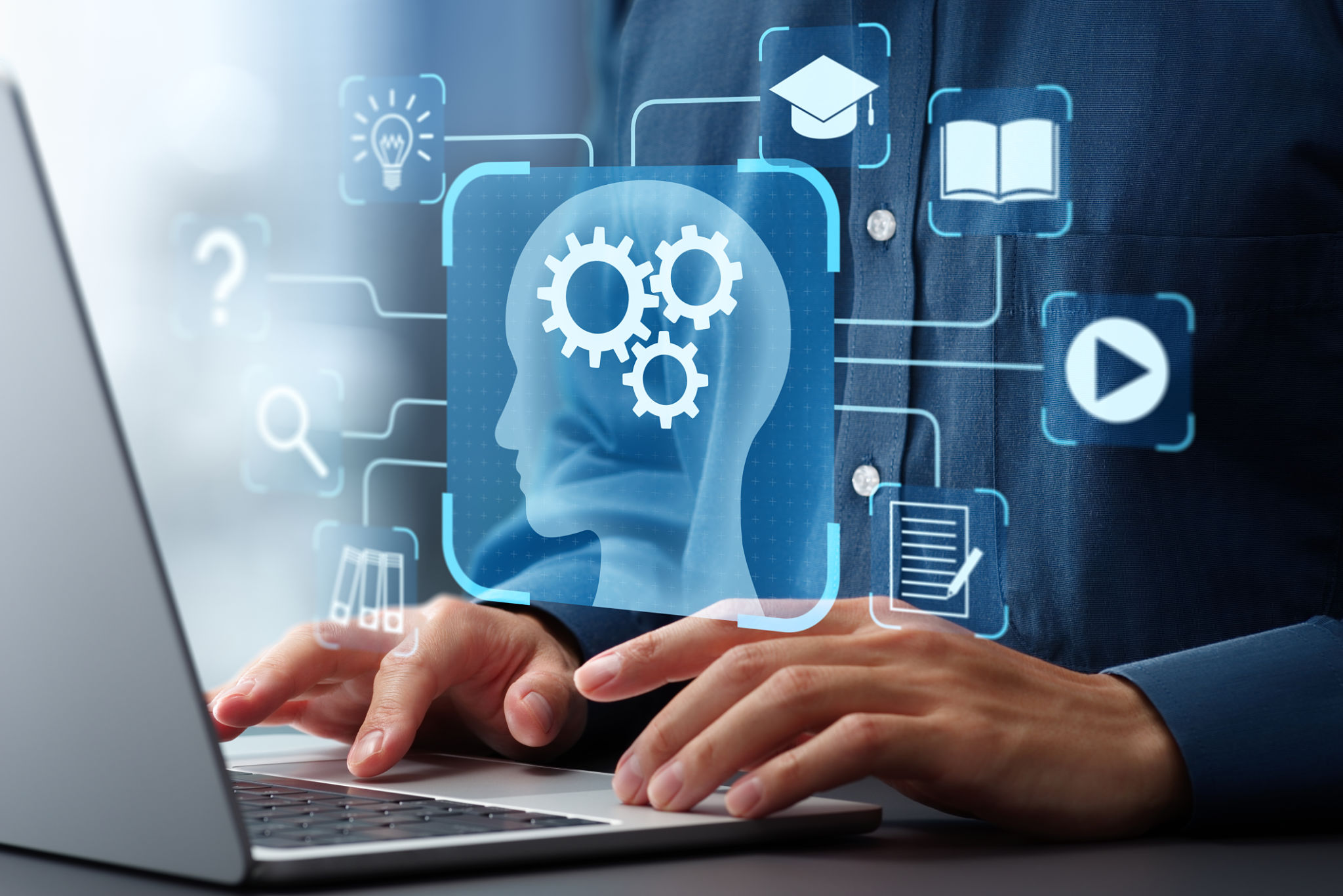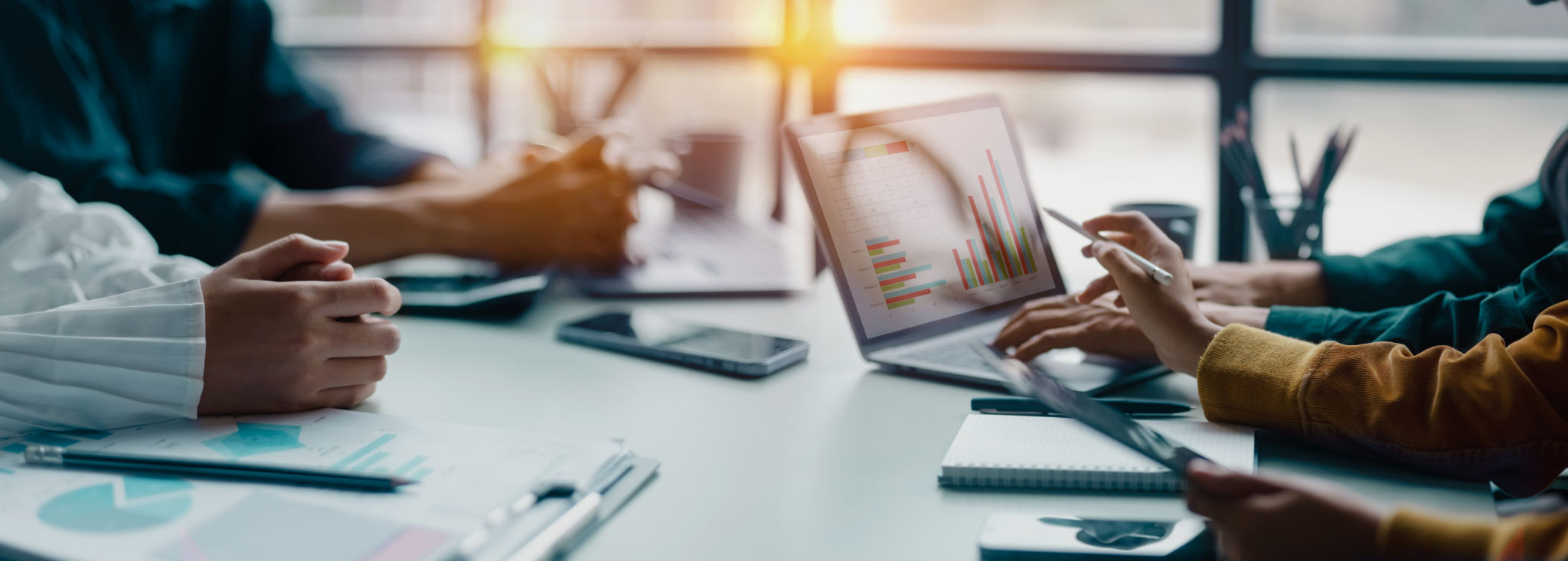Creating a Personalized Learning Journey: A Step-by-Step Guide
Understanding Personalized Learning
In an era where education and technology are rapidly evolving, creating a personalized learning journey has become essential. Personalized learning tailors educational experiences to meet individual learners' needs, preferences, and interests. This approach not only enhances engagement but also improves learning outcomes.
Personalized learning is not just about adapting to different learning speeds; it involves understanding each learner's unique style and leveraging it for optimal results. The goal is to create an environment where students feel valued and empowered to take charge of their education.

Step 1: Assessing Learning Styles and Preferences
The first step in creating a personalized learning journey is assessing the learner's unique style. This can be accomplished through surveys, interviews, or assessments that identify whether a student is a visual, auditory, or kinesthetic learner. Understanding these preferences helps in designing a curriculum that resonates with the learner.
Additionally, it's important to recognize the learner's interests and strengths. By incorporating topics and activities that pique their interest, you can foster a more engaging and productive learning environment.
Step 2: Setting Clear Goals and Objectives
Once you have assessed the learning styles, the next step is to set clear and achievable goals. These objectives should be specific, measurable, attainable, relevant, and time-bound (SMART). Establishing clear goals provides direction and helps in tracking progress effectively.
Involving learners in the goal-setting process can also be beneficial. When students have a say in their educational journey, they are more likely to stay motivated and committed to achieving their objectives.

Step 3: Designing a Custom Curriculum
With goals in place, the next step is to design a curriculum that aligns with the learner's needs and interests. This may involve blending different teaching methods such as project-based learning, digital resources, and traditional classroom activities.
It's important to ensure that the curriculum remains flexible. Personalized learning should adapt to the student's progress and allow for adjustments along the way. This adaptability ensures that learning remains relevant and challenging.
Step 4: Utilizing Technology and Resources
Technology plays a crucial role in personalized learning by offering tools that cater to diverse learning styles. From interactive apps to online courses, technology provides an array of resources that can enhance the learning experience.
Incorporating multimedia elements like videos, podcasts, and interactive simulations can cater to different preferences while making learning more dynamic and engaging.

Step 5: Continuous Assessment and Feedback
A personalized learning journey is incomplete without continuous assessment and feedback. Regular evaluations help in understanding the learner's progress and identifying areas that need improvement.
Providing constructive feedback is crucial in guiding learners towards their goals. It encourages reflection, builds confidence, and fosters a growth mindset, making students more resilient and open to challenges.
Step 6: Encouraging Self-Reflection and Growth
The final step is encouraging self-reflection. Learners should be prompted to evaluate their progress and reflect on their experiences. This practice not only aids in personal growth but also promotes lifelong learning habits.
By nurturing a mindset focused on continuous improvement, learners can adapt to new challenges, develop critical thinking skills, and become proactive in seeking knowledge beyond formal education.

